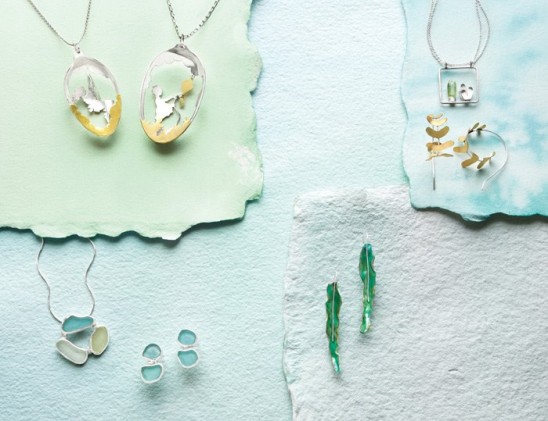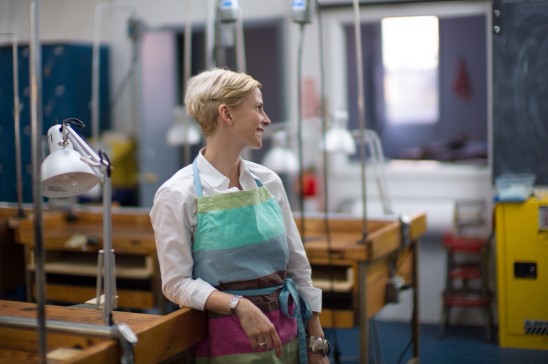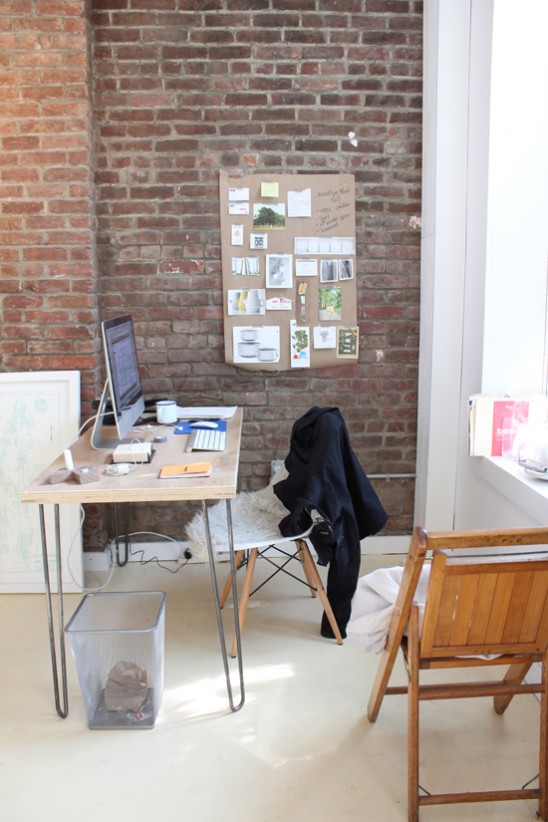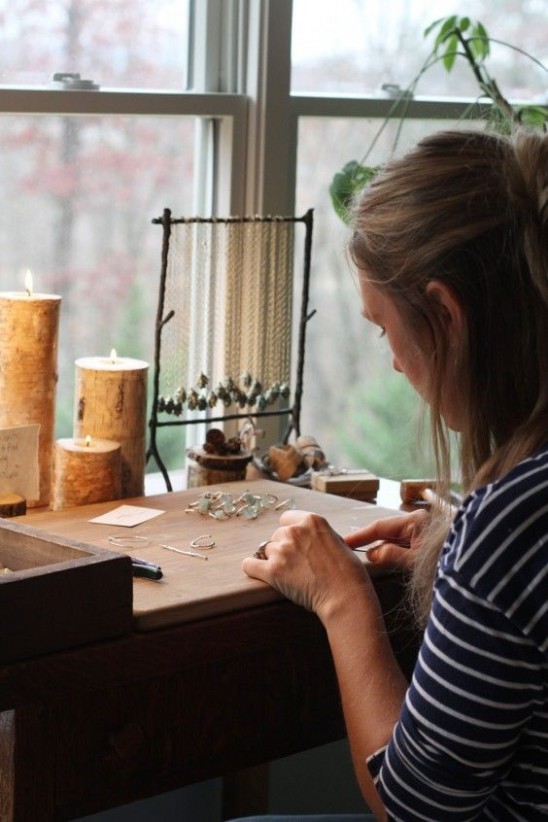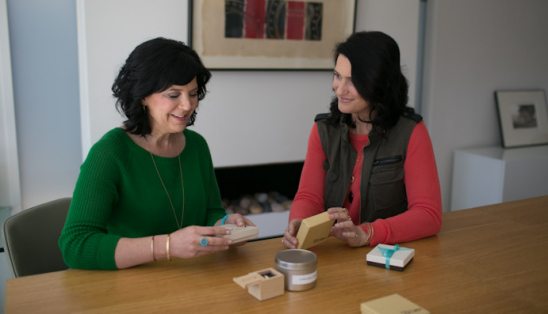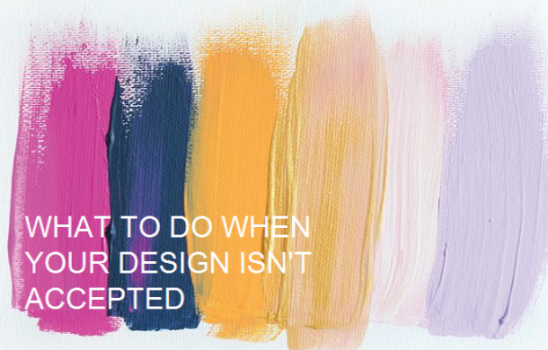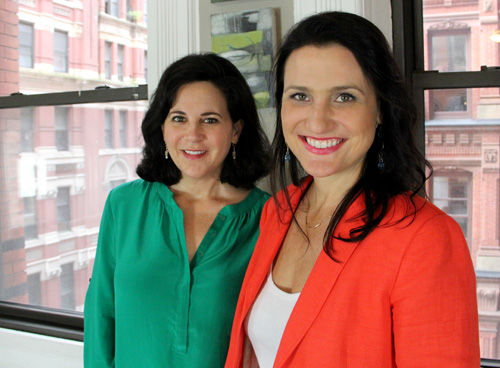Do you ever wonder why some designers are a huge success and able to seamlessly grow while others struggle to scale their business? Or maybe you’ve worked really hard to get a big sale, but have no plan for production? Creating a road map for business success can sometimes be a challenge for creative people. That’s why it’s even more important to set up and build your jewelry business (or any creative business) the right way from the get go.
Building a strong business platform, especially for a jewelry or product based business, is essential in helping you multiply your profits and scale up. There is a big difference between the companies that easily scale and grow and those that implode when they get their first big order. Those that succeed have used these 4 steps below to build their business.
Step #1: Step into the Role of CEO
Successful designers who know how to grow their business discover early on that it is important to run their business like a CEO and ditch the “maker” mindset. You may have started your business as a designer or a maker. That’s all fine and dandy. However, if you are serious about growing your brand, you need to work on your business rather than in your business.
Step #2: Create Systems for Freedom
The second step successful designers do is create systems for freedom in their business. Every aspect of your business should be systematized including the sales process, production process, HR process, marketing process and everything in between. Effectively systematizing your business allows for more freedom because you can bring just about anyone in to take on any position in your business. When you have well documented systems, you can be flexible with scalability and your staffing needs. This holds true even it you are a one-person show currently. Take the time to document!
Step #3: Set Up Production that Can Scale
Having production that can scale is directly related to Step # 2. You must systematize your production so that anyone can step in and make your product. For jewelry designers who are making everything themselves, it is important to eventually be stepping out of the maker role. The only way you can do that effectively is to either hire a team to do this for you, find a factory or hire piece workers or contractors who work outside of your office. When you are just starting out, it’s ideal to have local production outsourcing capabilities so if you do get a large order you can produce it on time. Using contractors and piece workers also allows for the flexibility of hiring production help on an “as needed basis.”
Step #4: Understand How Cash is Flowing
Cash flow is the one aspect of a business that is key to keeping it afloat. Having a strong grasp on how your cash is flowing is essential to growing your business and staying healthy financially. Managing your cash flow cycle will help you keep your business going so you can snap out of the feast or famine cycle that many designers experience in business. Paying attention to where the cash is coming into your business also allows for further clarity on business modeling and direction. You can cut offerings that are dead weight and expand on those that are bringing home the bacon. Abundant cash flow or lack thereof will make or break your jewelry business.
Acting like a CEO, creating solid systems, setting up your production for scale and managing your cash flow are key to success in biz. By starting with these 4 Steps, you’ll build a business with a strong foundation to multiply your profits. We want to hear from you! In the comments below, answer the following:
1. How are you building a strong business platform and stepping into the role of CEO?
2. What do you struggle with the most on the “business” end of things?
If you haven’t checked it out yet, make sure you enroll on our free training series called The FREEDOM Method. Learn how to create more cash, clarity and FREEDOM in your business.

